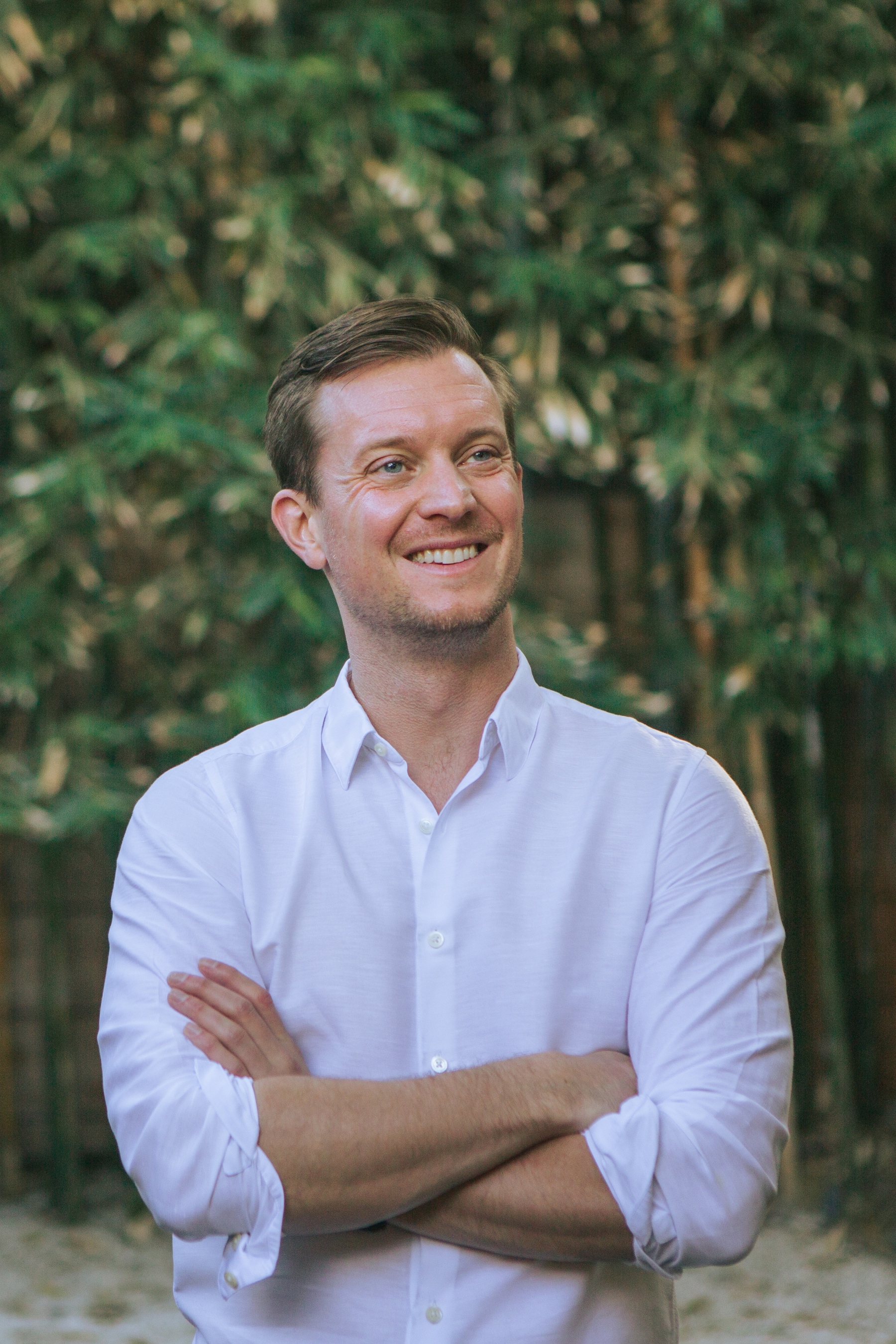Imperial innovates / Christopher Hopper
Believe in a bright future
A conviction in the future of solar energy is the driving force behind the success of Christopher Hopper (MEng Electrical and Electronic Engineering 2011).
Interview: Lucy Jolin
 Back in primary school, we were all obsessed with computer games. My friend’s dad had taught him a bit of programming, and I thought it would be amazing if I could make a game as well, so my father and I signed up for an adult education class in programming. It turned out to be the perfect hobby for someone like me: a creative outlet that demanded a scientific approach to solving problems. That’s what brought me to Imperial’s MEng Electrical and Electronic Engineering – which, in turn, got me thinking about how to apply my new engineering expertise to pressing challenges outside the classroom.
Back in primary school, we were all obsessed with computer games. My friend’s dad had taught him a bit of programming, and I thought it would be amazing if I could make a game as well, so my father and I signed up for an adult education class in programming. It turned out to be the perfect hobby for someone like me: a creative outlet that demanded a scientific approach to solving problems. That’s what brought me to Imperial’s MEng Electrical and Electronic Engineering – which, in turn, got me thinking about how to apply my new engineering expertise to pressing challenges outside the classroom.
A group of us wanted to improve people’s access to electricity. We founded e.quinox, a student-led humanitarian project that aims to uplift rural Rwandan communities through research and technological innovation. The best solution, we found, was solar electricity generation. In my time with the group, we completed projects in four villages, electrifying 600 homes. It was a formative experience, giving me a deep insight into the practical side of energy projects and showing me how engineering can have a tangible effect on people’s lives.
Then, when studying for my MBA at Stanford University, I met my co-founder Sam. He pointed out that you don’t have to go far outside a major city in a country like Kenya for energy access to be an issue. So we launched a solar business together, with a boarding school in Nairobi as our first client. The project was a success, and other people started reaching out to ask if something similar could work for them.
But solar is so specific to each project that it was impossible to give a simple answer. There were so many variables involved that scaling our business without sophisticated software tools to support us seemed an insurmountable challenge. For example, how much energy does the building consume? And when? What does the roof structure look like? What orientation is it? Are there trees casting shade, or a mountain range that could impact production at a certain time of day? How are you going to finance it – cash, loan, PPA, lease?
I believe the world is better off powered by abundant, cheap, clean energy, and I think that’s a future worth fighting for"
We realised that the software tools we needed to do these projects at scale didn’t exist. So we put our solar business aside to create them – and Aurora Solar was born. We brought on a software developer and an adviser with experience in the solar industry. We had some startup funding and an initial seed round raised $925,000, but renewables were not hot – a lot of investors were intrigued but not willing to commit.
There’s a famous quote from Ernest Hemingway’s The Sun Also Rises, where Bill asks Mike how he went bankrupt. Mike replies: “Two ways. Gradually, then suddenly.” Aurora Solar was like that – but, luckily, in reverse. We grew slowly and steadily, knowing that the tipping point for solar was coming. Now, the world has finally caught up to renewable energy.
We now have a team of more than 500, supporting clients who make more than 100,000 solar designs every week using our AI-powered software. Aurora Solar was the only climate tech business named in the 2022 Forbes AI 50, and was voted as the top solar sales and design software by Solar Power World in 2022.
In the end, solar energy is simply something I believe in and it’s not something I can put aside. I fundamentally believe the world is better off powered by abundant, cheap, clean energy and I think that’s a future worth fighting for. There were plenty of challenges along the way – and there will be more – but it’s that conviction that keeps me going.
Christopher Hopper (MEng Electrical and Electronic Engineering 2011) is co-founder of Aurora Solar and winner of the Alumni Entrepreneur Award 2023.


